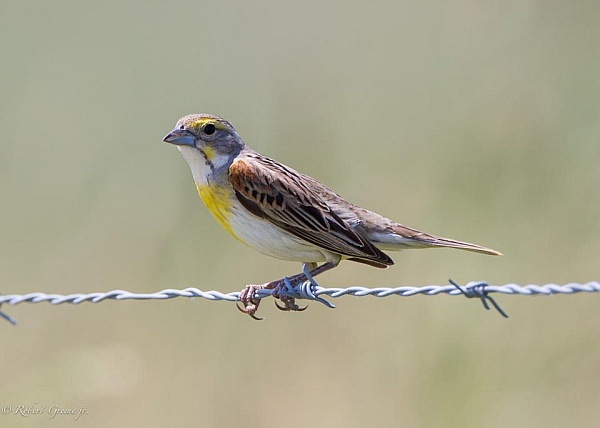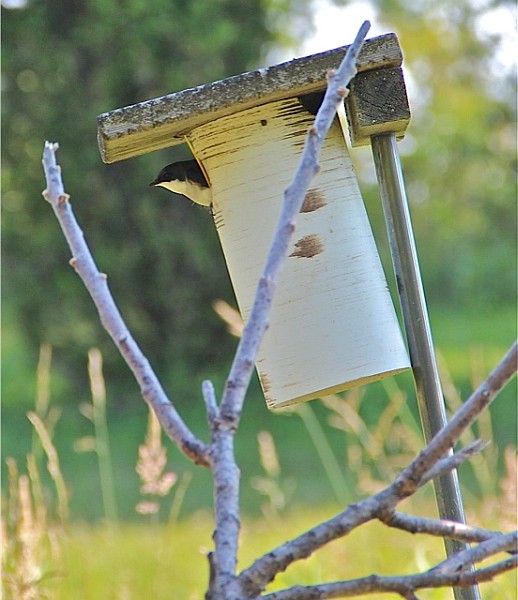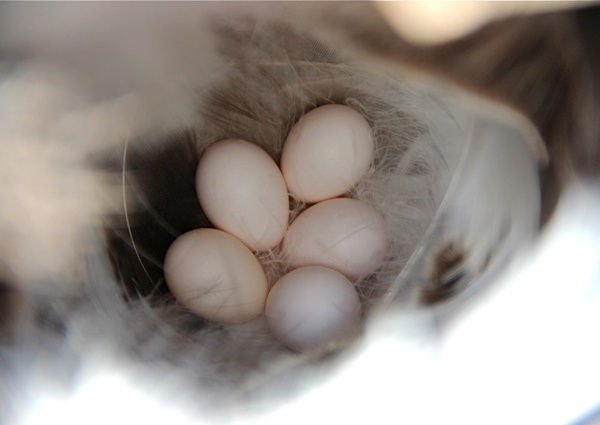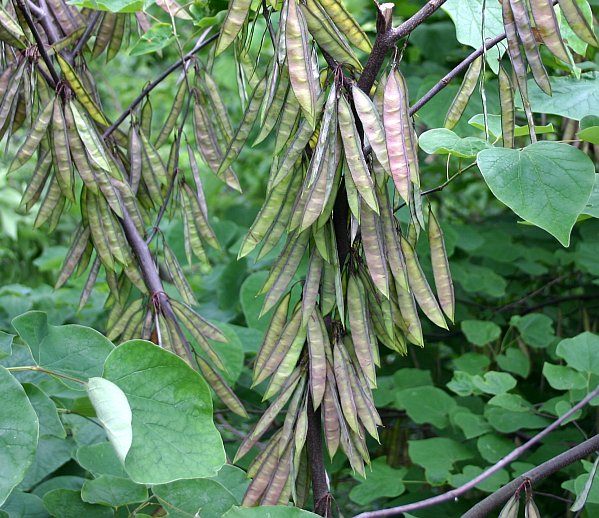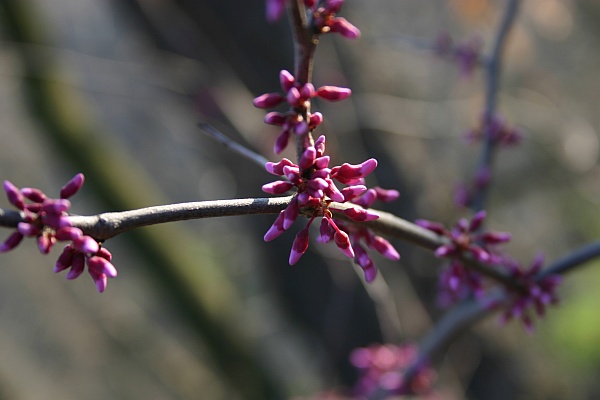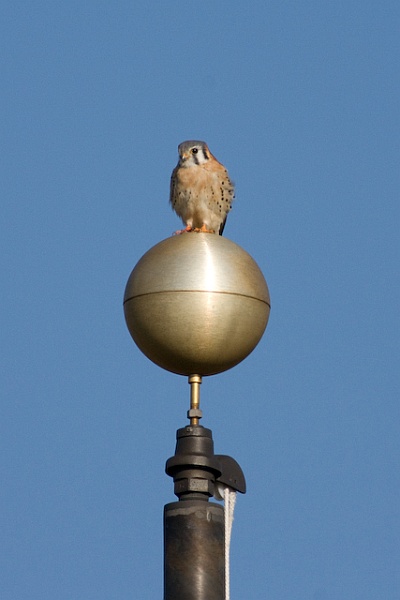
Peregrine season isn’t over yet. Not only do we have two peregrine families on buildings but we now have five (5!) active sites on Pittsburgh area bridges. Four nests are confirmed, the fifth is very likely.
Here’s a roundup of bridge news beginning with our newest site, then traveling upstream. The PA Game Commission appreciates peregrine watchers at all the sites, especially at this newest one.
Neville Island I-79 Bridge (also called the Glenfield Bridge) over the Ohio River, Glenfield-to-Neville-Island (photo by Robert Strovers on Wikimedia Commons)
New! For five years peregrines have been seen near the I-79 Neville Island Bridge but this month they gave themselves away. On June 9 a peregrine fledgling was rescued from the Ohio River below the bridge and sent to a rehabber. Art McMorris, the PA Game Commission’s Peregrine Coordinator, needs your help monitoring this site. If you go: The peregrines favor the Neville Island end of the main span. Best views might be from the marina on the Glenfield side. Please report findings on PABIRDS or leave a comment here and I’ll send you Art’s contact information.

Monaca East Rochester Bridge over the Ohio River, US Route 51, Monaca-to-East-Rochester. (screenshot from timesonline.com video)
Peregrine falcons have been monitored at this bridge since 2007. This year three males and one female chick were banded on May 22. They fledged in early June and can often be seen perched on the power-towers on either side of the river. Click on the photo to see an old video of the 2008 banding from Beaver County Times Online.
.

McKees Rocks Bridge over the Ohio River at McKees Rocks. (photo by Robert Strovers, Wikimedia Commons)
Joe Fedor first noticed peregrines at this bridge in 2008. Since then they’ve been here every year. Sometimes their nest is found, sometimes not. This June 1 the Game Commission confirmed their nest by finding a feathered chick too old to band. The McKees Rocks Bridge is so large that it’s hard to see the peregrines unless they perch somewhere else — such as on the power tower near Alcosan.

Westinghouse Bridge over Turtle Creek valley, US Route 30 at East Pittsburgh. (historic photo by Joseph Elliott, Library of Congress)
Peregrine chicks were first banded at this bridge in 2010. This year the Game Commission confirmed a nest with four eggs on June 1. That’s late for eggs in Pennsylvania but it may be because there’s a new adult female here. (She hatched at the Ironton-Russell Bridge in Ironton, Ohio in 2009.) Was there a territorial dispute and a new nesting attempt? We’ll know more by early July when the Game Commission re-checks the nest.
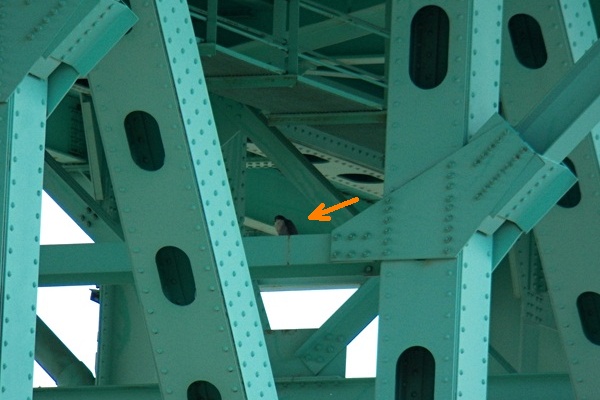
Tarentum Bridge, PA Route 366 over the Allegheny River at Tarentum. (photo by Sharon Leadbitter)
Present since 2010, this is the first year a peregrine nest has been confirmed. Two chicks fledged early this week and the entire family has been putting on a show since then. Yesterday Sharon Leadbitter watched them flying low over the river and snapped this photo of an adult perched on the super-structure.
Right now Tarentum is the most fun to watch. Neville Island I-79 is most in need of watchers.
(photo credits above. Click on each image to see its original)
p.s. I forgot to mention 40th Street Bridge over the Allegheny River. Peregrines have been seen there. Check it out!
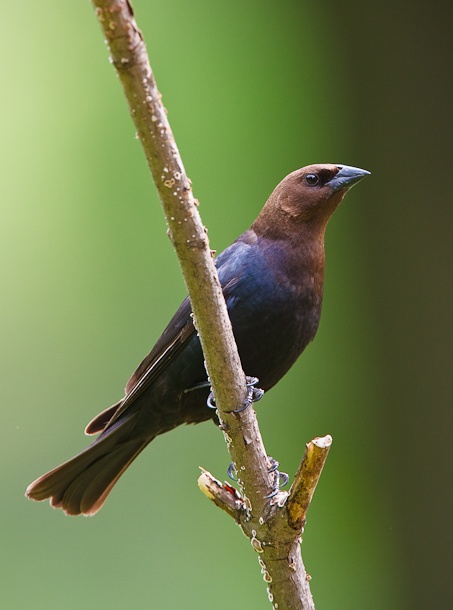
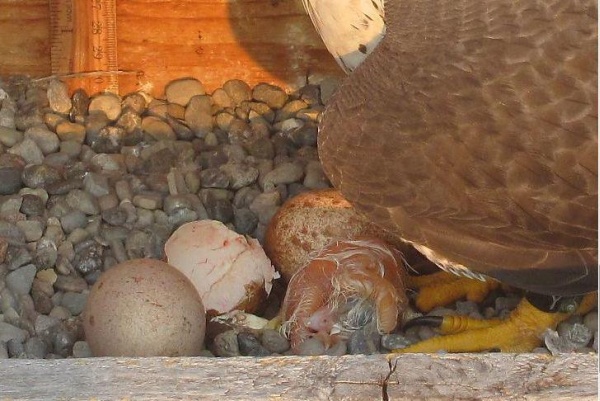

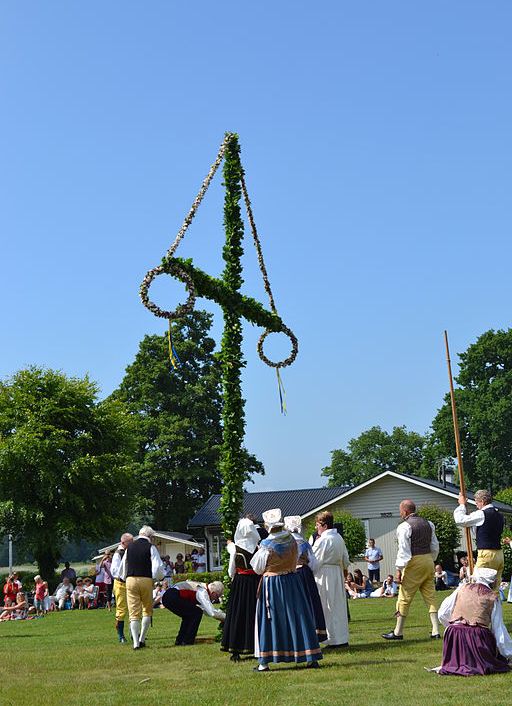
 The Tarentum peregrines are news this morning. If you buy the
The Tarentum peregrines are news this morning. If you buy the 